10 Unique Vintage Delivery Vehicles from the Past
When we think of vintage vehicles, we often picture classic cars or trucks, but there is a whole category of delivery vehicles that are equally intriguing. These vehicles were designed to meet the needs of an era. Many of them come with a distinct charm, reflecting the time and place in which they were made. As we dive into the world of vintage delivery vehicles, it is easy to see how these machines played a crucial role in shaping commerce.
This post may contain affiliate links, which helps keep this content free. Please read our disclosure for more info.
Ford Model TT (1917 – 1927)
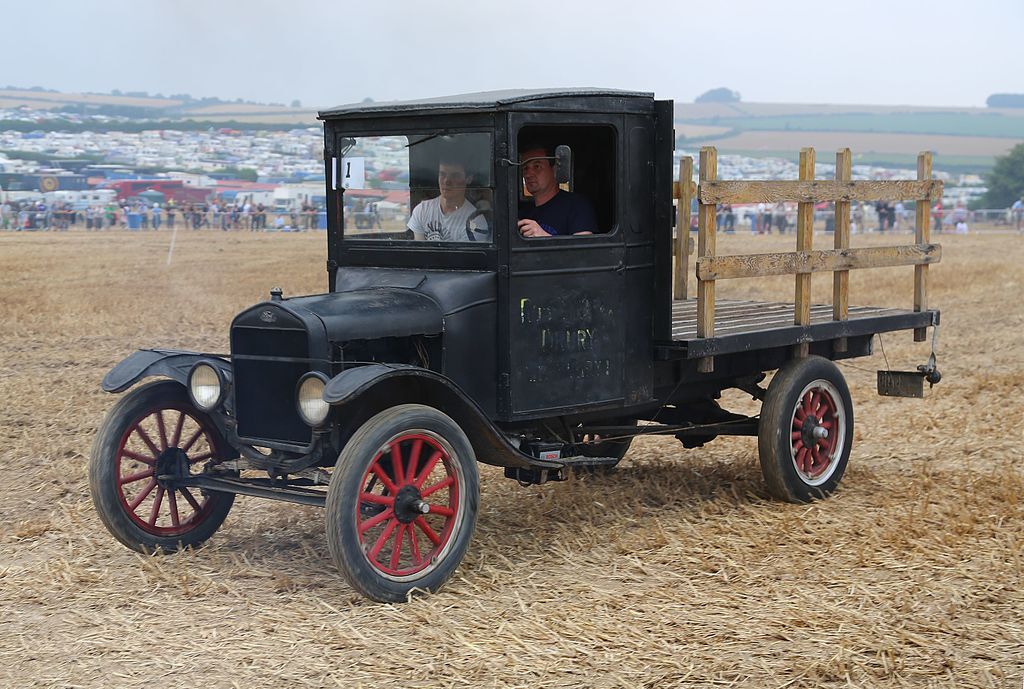
The Ford Model TT was one of the earliest mass-produced trucks, designed specifically for carrying heavy loads. It was built on the same platform as the Model T car but featured a stronger chassis and a rear axle for better load distribution. This vehicle became a reliable choice for small businesses, making deliveries in both urban and rural areas. Its simple, sturdy design made it easy to maintain, which helped it gain popularity among commercial users.
One of the key features of the Model TT was its open truck bed, which allowed for easy loading and unloading. The truck was also available with various body styles, including stake beds and enclosed vans, making it adaptable to different delivery needs. Despite its basic design, the Model TT played an essential role in the growth of small businesses and paved the way for future commercial vehicles.
Chevrolet Canopy Express (1920s – 1940s)
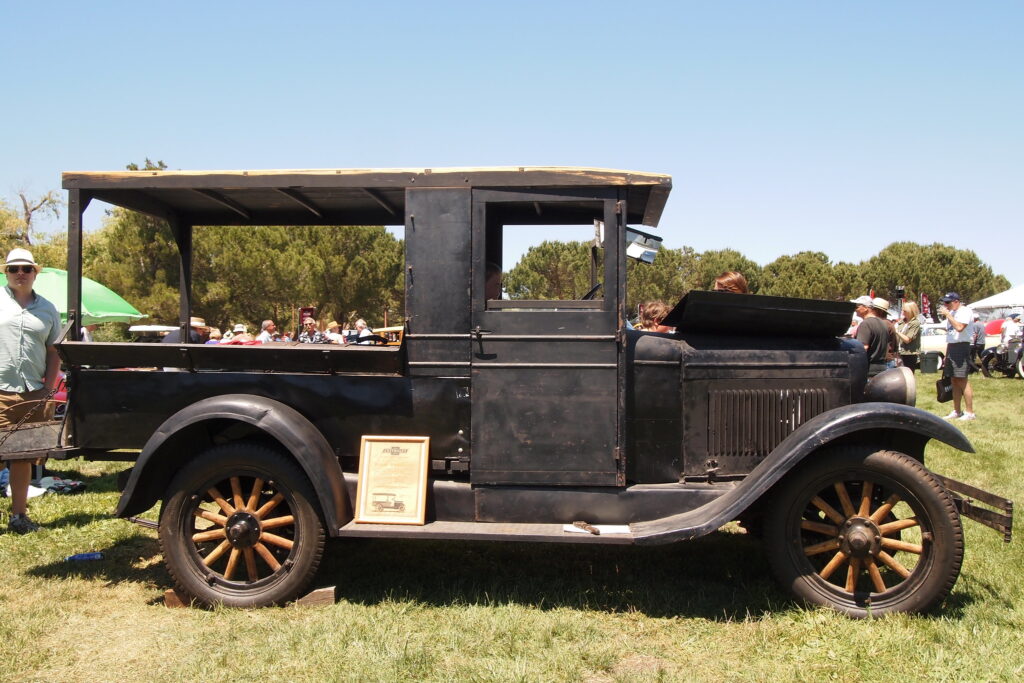
The Chevrolet Canopy Express was a unique delivery vehicle known for its canopy-covered bed, offering protection from the elements. This truck was designed primarily for use by small businesses, including florists, bakeries, and milkmen, who needed a way to transport goods in an efficient manner. Its open-bed design, combined with the canopy, allowed for large deliveries while keeping the products safe and dry.
What set the Chevrolet Canopy Express apart was its versatility. The truck could be easily customized with different body styles, such as open beds or fully enclosed boxes, depending on the needs of the owner. Many of these vehicles were fitted with side doors that opened to facilitate easy access to goods during deliveries. As a result, it became a beloved workhorse for businesses that required efficient transport solutions.
Dodge Route Van (1930s – 1950s)
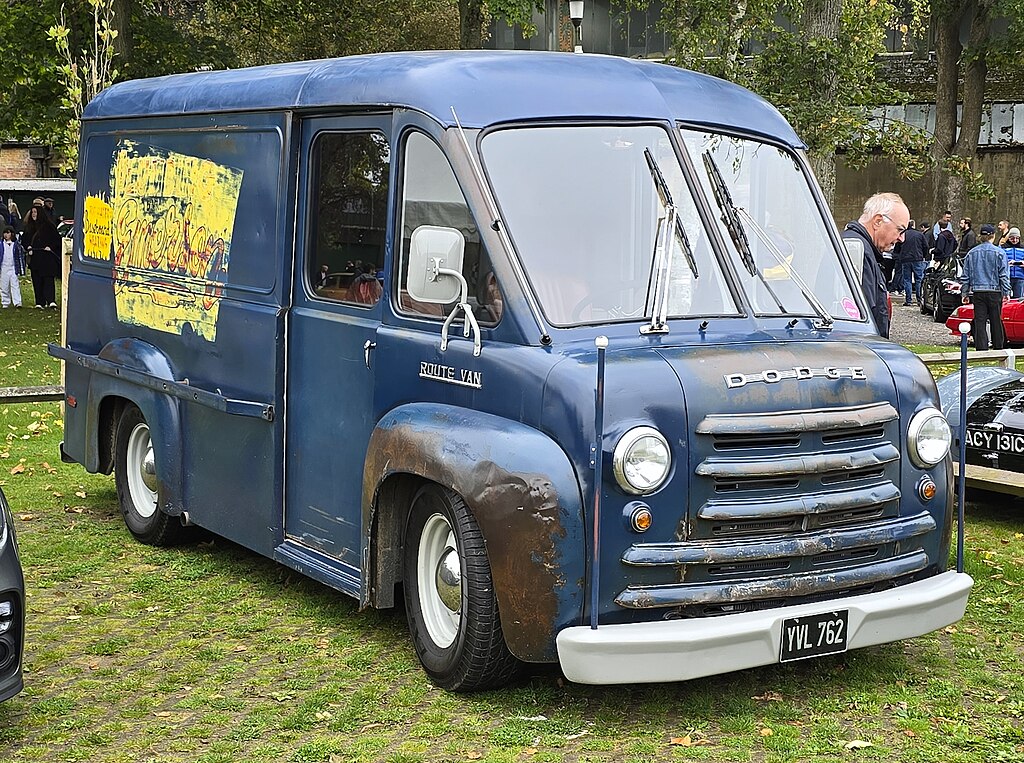
Dodge Route Vans were primarily designed for route delivery, particularly for milk, bread, and other food products. These vans were characterized by their smooth, rounded bodies and sliding side doors, making them easy to access during deliveries. They were commonly used by milkmen and bakers, who needed a practical vehicle to make multiple stops throughout the day. The vans were powered by sturdy inline six-cylinder engines, ensuring reliability for long hours of driving.
What made the Dodge Route Van stand out was its tailored design for delivery service. The sliding side doors were an innovation that allowed the driver to reach products stored on either side of the van without getting out. Additionally, the rear of the van could be customized with shelving or drawers to help organize deliveries.
Volkswagen Type 2 (Transporter) (1950s – present)
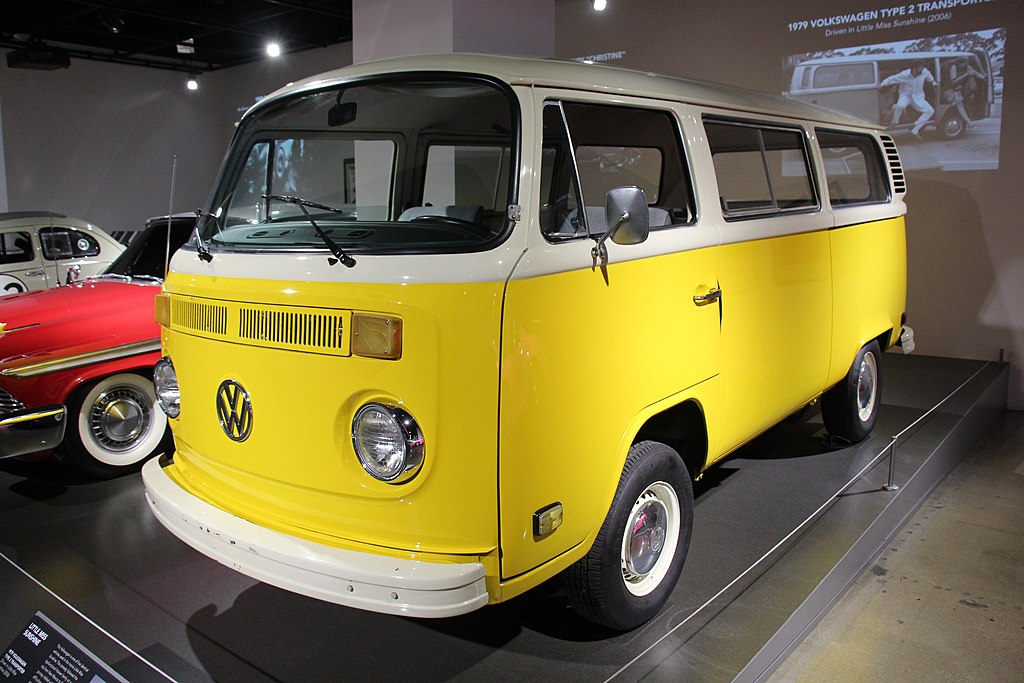
The Volkswagen Type 2, also known as the Transporter, became one of the most iconic delivery vehicles of the 20th century. Its design was rooted in practicality, offering a spacious cargo area in the rear with a low floor for easy loading. Originally intended as a small delivery van, the Type 2 became an essential vehicle for businesses in need of reliable transport.
The Type 2 was built to be compact and easy to maneuver, making it ideal for crowded urban environments. Its rear-engine design provided excellent stability and weight distribution, which allowed for heavier loads. These vans were often modified to fit specific needs, such as refrigerated units or custom shelving. The Volkswagen Type 2’s influence is still seen in modern delivery vehicles, cementing its place in history.
Ford Transit Mk1 (1965 – 1978)
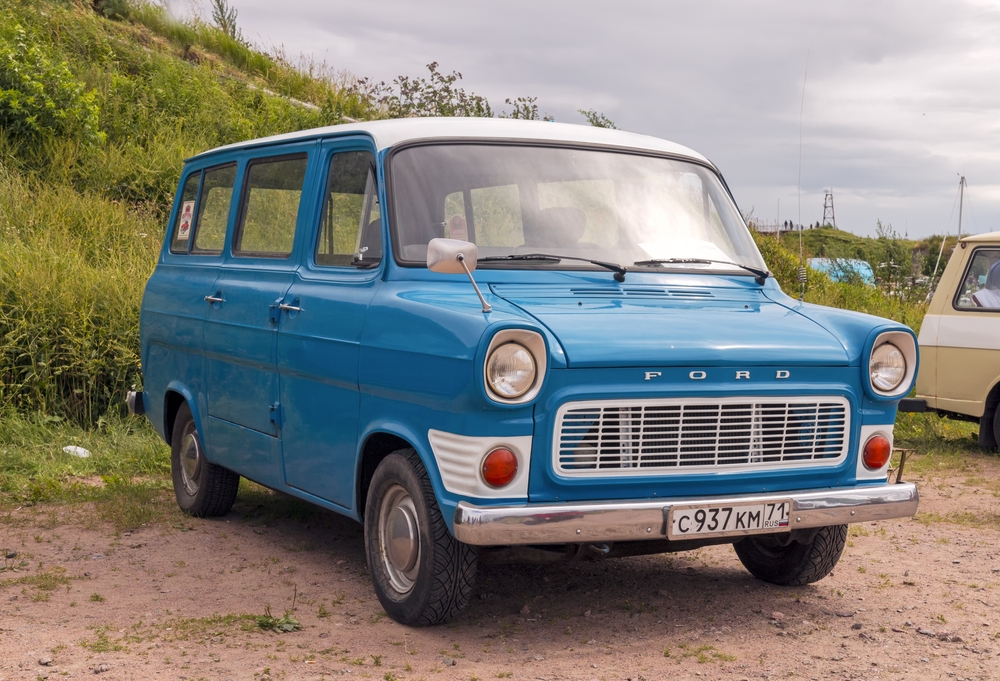
The Ford Transit Mk1 was the first model of the iconic Transit series, designed to meet the needs of small businesses. With its boxy shape and large cargo area, it provided a practical solution for goods transportation. The Transit Mk1 was particularly popular with tradesmen, as its durability and customizability allowed for efficient deliveries. Available in various wheelbases, it could accommodate different delivery requirements and was known for its easy handling and high payload capacity.
What made the Ford Transit Mk1 unique was its ability to adapt to various industries. It was used by everyone from florists to courier companies and even the fire service. Its rear-wheel drive and front-engine configuration offered excellent performance and traction, especially when carrying heavy loads. The Transit became a household name and remains a leading van in the market today, proving its long-lasting impact on the delivery vehicle industry.
Studebaker M-5 (1941 – 1947)
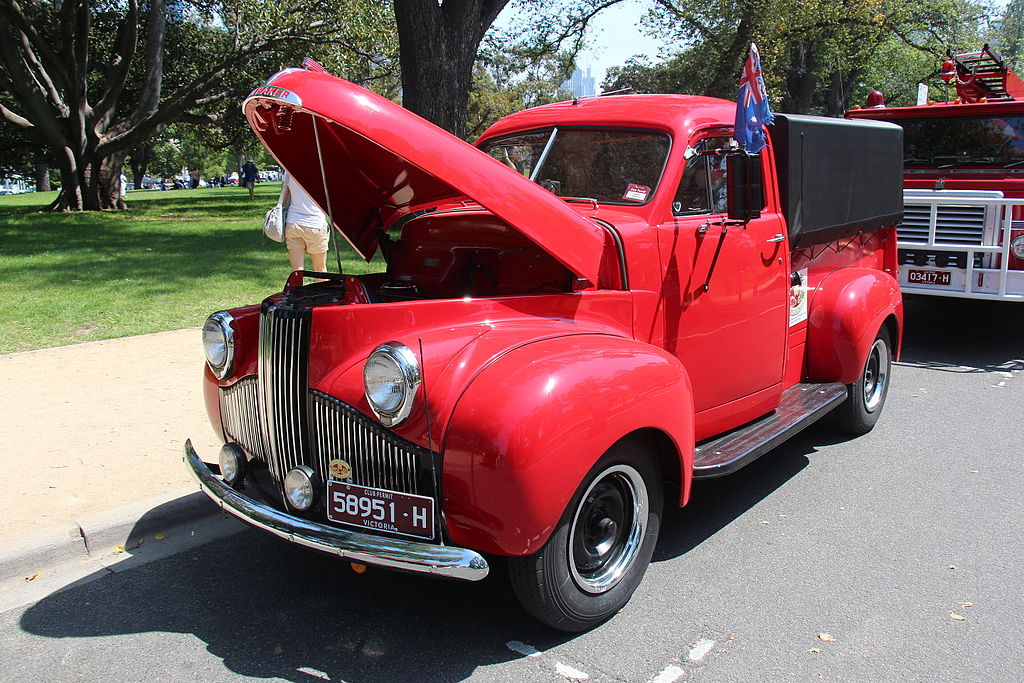
The Studebaker M-5 was a rugged military-inspired vehicle that later found use in civilian deliveries. Originally designed for military use during World War II, the M-5 was adapted for commercial purposes after the war. Its durability and high ground clearance made it ideal for rough terrain, which was important for businesses in more rural or rugged areas. The M-5 was built to carry large loads and could be fitted with various cargo configurations, from flatbeds to enclosed bodies.
After the war, the Studebaker M-5 became a popular choice for delivery services in more challenging environments. Its heavy-duty build made it a dependable vehicle for carrying bulkier or heavier items. The M-5’s simple mechanics also made it relatively easy to maintain, which was a significant advantage for business owners. Despite being a military vehicle at its core, the M-5’s practicality and toughness made it a staple in the commercial sector.
Chevrolet Greenbrier (1961 – 1969)
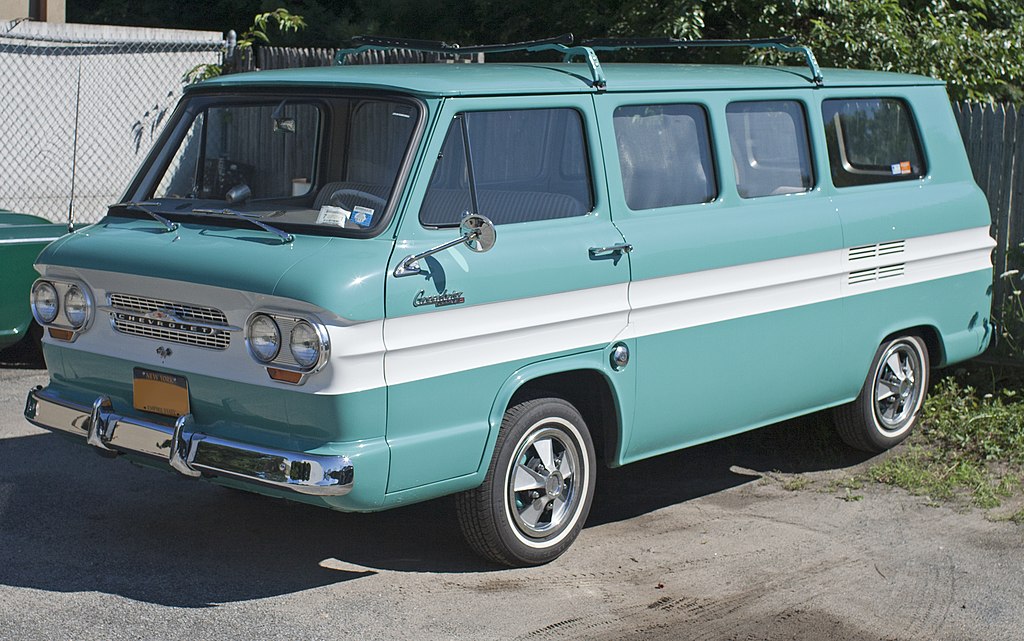
The Chevrolet Greenbrier was a compact delivery van that became a favorite for businesses looking for an efficient vehicle with a small footprint. Based on the Chevrolet Corvair, the Greenbrier featured a rear-engine, rear-drive layout, which gave it unique handling characteristics. Its compact size made it perfect for city deliveries, and its distinctive styling set it apart from other vehicles in its class.
In addition to its size and maneuverability, the Greenbrier had a rear cargo area that could be configured for various needs, including refrigeration or shelving. It was often used by small businesses, such as florists and bakers, who needed a vehicle to make frequent deliveries. Despite its small size, the Greenbrier was able to carry larger loads than many would expect. Its unique design and practicality made it a standout vehicle in the delivery van category.
Willys Jeep Station Wagon (1946 – 1965)
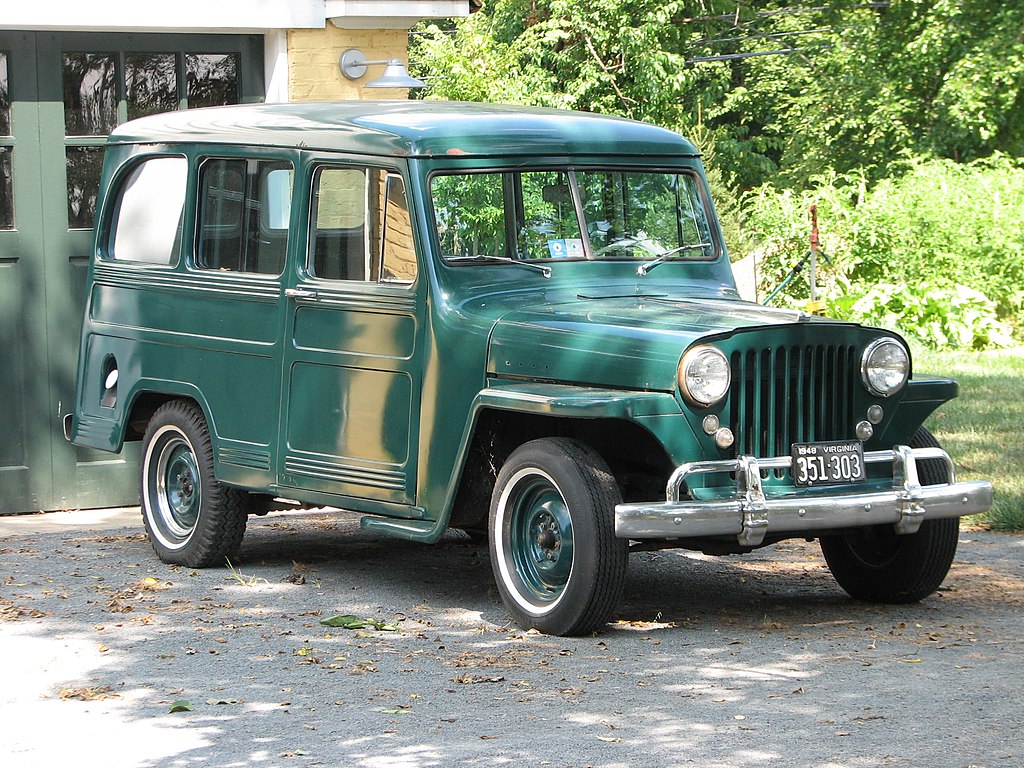
The Willys Jeep Station Wagon was one of the first all-steel-bodied vehicles produced in the United States. Originally designed for civilian use after World War II, it quickly found its way into the commercial delivery market. Its rugged design and high ground clearance made it an excellent choice for rough, rural roads. The station wagon was known for its ability to carry large loads, while the four-wheel-drive system made it ideal for off-road deliveries.
Its simple, yet durable construction made the Willys Jeep Station Wagon a favorite for small businesses that needed a reliable and tough vehicle. Over time, the vehicle was used by delivery services in farming communities and areas with difficult terrain. The wagon could be customized with various body styles to suit different delivery needs, such as open-bed or fully enclosed versions. Today, it remains a favorite among classic car enthusiasts and collectors.
Morris J-Type (1949 – 1961)
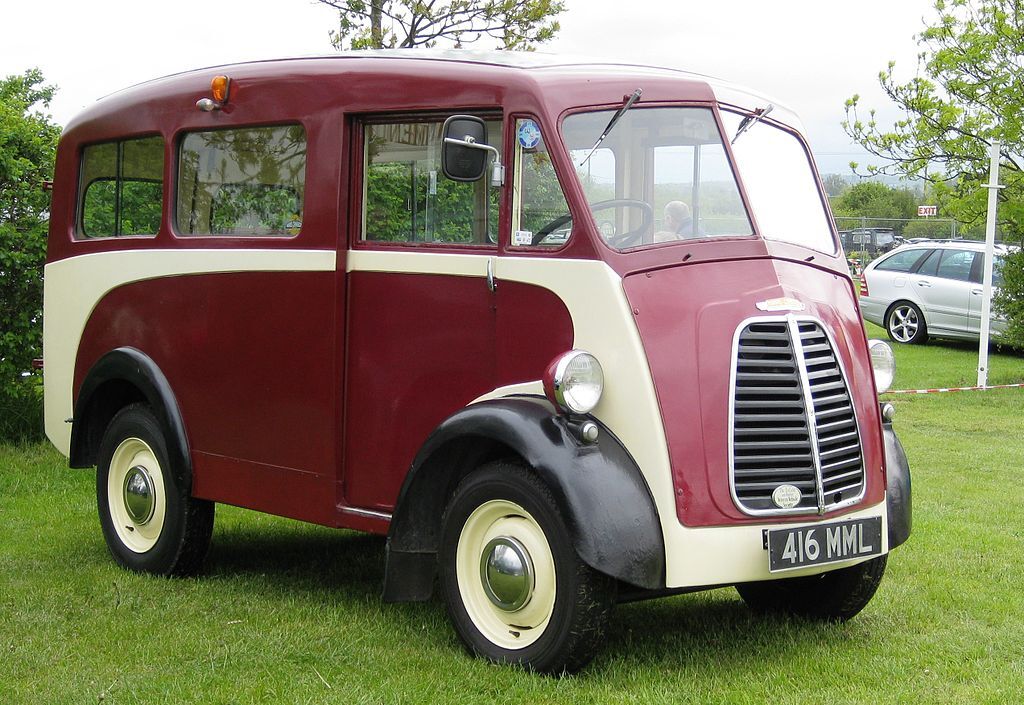
The Morris J-Type was a British light commercial vehicle known for its unique, rounded design and versatility. Introduced in the late 1940s, it quickly became a staple in the delivery market across the UK. The J-Type’s compact size and efficient use of space made it ideal for urban deliveries, especially in narrow city streets. It was often used by small businesses, such as bakeries and grocers, as well as larger companies for regional transport.
The vehicle was powered by a four-cylinder engine, which provided just enough power for its size and weight. Its boxy cargo space could be configured with shelves or racks to suit different types of goods, from packages to perishable items. One of the defining features of the Morris J-Type was its large, easy-to-open rear doors, which made loading and unloading a breeze.
Austin FX3 Taxi (1948 – 1958)
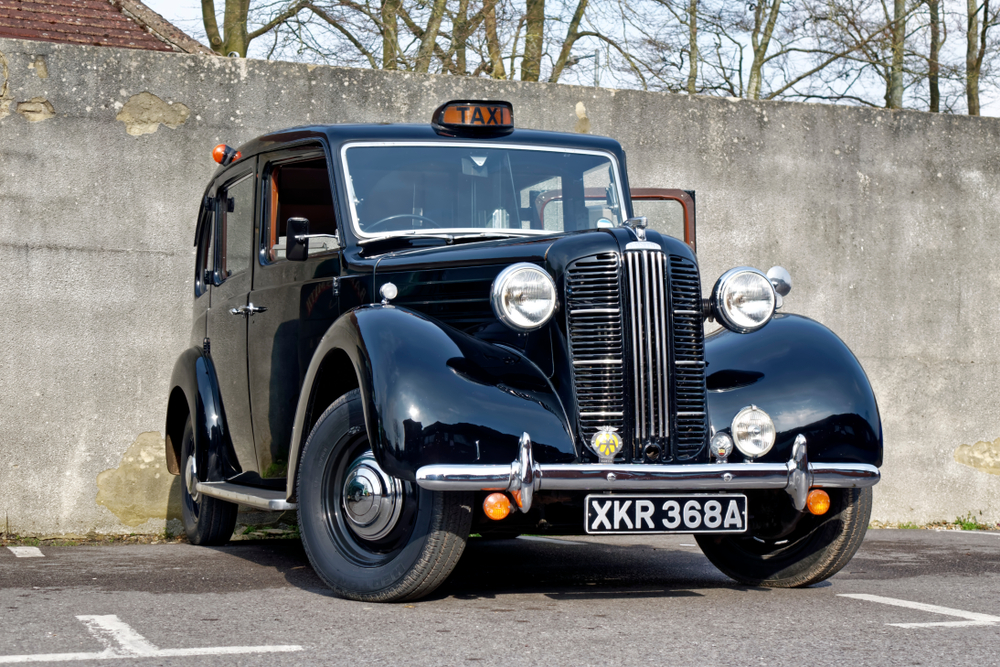
While primarily used as a taxi, the Austin FX3 also served as a popular delivery vehicle in post-war Britain. Its spacious interior made it ideal for transporting goods, especially in busy cities where smaller vehicles were needed. The FX3 was built with a durable steel body and a robust engine, which made it perfect for both passenger and delivery use. Its large trunk space and roomy cabin provided enough room for packages and goods, making it a practical choice for businesses in urban areas.
Known for its distinctive appearance, the Austin FX3 featured a long, elegant hood and large front windows, providing an iconic look still associated with London. Though it was initially designed for taxi services, many were adapted for delivery purposes, including postal services and small courier companies. The versatility of the FX3 contributed to its popularity and helped it remain in use for many years after production ceased.
This article originally appeared on Avocadu.
